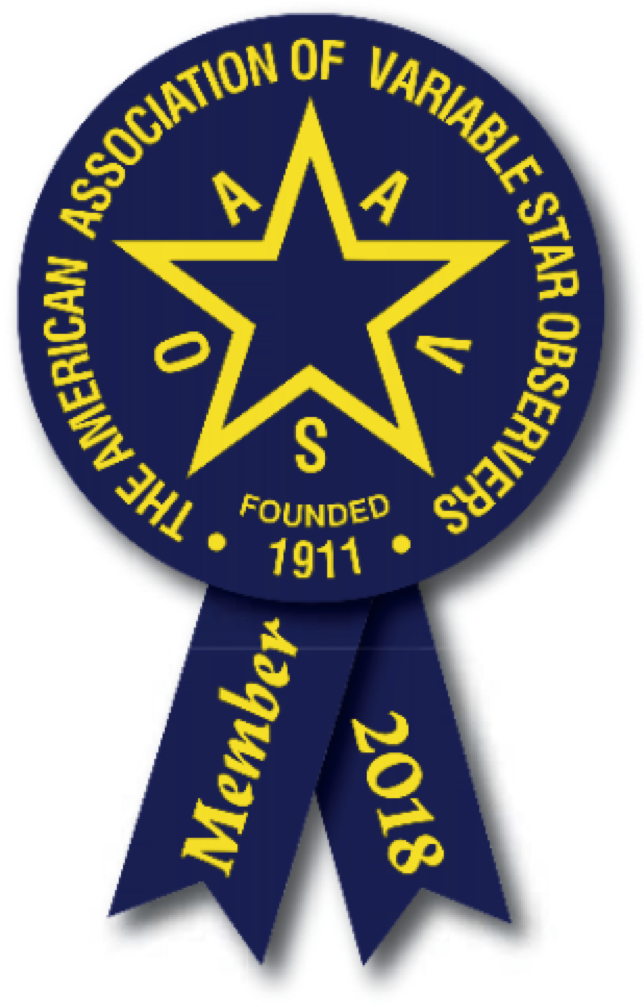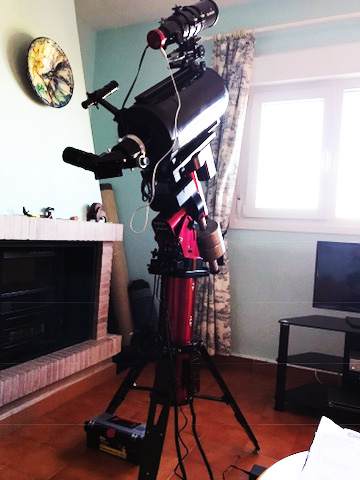Day 34 - another clear night with the Moon rising later.
 Monday, March 17, 2014 at 12:49PM
Monday, March 17, 2014 at 12:49PM Having complained in the past about poor weather limiting my amateur astronomy when I get a series of nights of good weather I collect so much interesting data that I can't keep up. Even though the Moon became a pain later in the evening tonight I really didn't want to stop and ending up taking several hundred images- some single images and some "subs" to add together later. I am way behind now - but I can't really complain.
I am really surprised at how accurate the goto is on my CGEM mount after a 6 star alignment. I imaged a lot of objects and each time the telescope faithfully slewed to the object. Only very minor adjustments were needed to centre them in the cross hair at the centre of the 38' X 38' field. I was able to use 60 second unguided exposures without any problem - 2 minutes were pushing it and a five minute trial showed distinctive trailing.
This is a 1 minute unguided exposure of M36 in Auriga as a negative.( Auriga is in a good position for me - well away from the Moon tonight)
It is amazing how many stars you can image in a 1 minute exposure - this is from the centre of Cabrera "town" with a full Moon, a light under Cabrera Arch a few fet away and some light pollution from Garrucha Port at the coast. The box below shows that 210 stars were mapped from this image against catalogue stars.
Here is the plate solution that gives the details of the exact centre of the image
By getting an image link to the SkyX charts I can superimpose the chart and image and add labels derived from star catalogues to get B and V magnitudes for many of the stars. Stars that were included in the Tycho catalogue of 1997 are picked up by the software and the labels added. The Tycho instrument on the Hipparcos-Tycho satellite measured B and V magnitudes so stars included in Tycho are labelled with both magnitudes. Other stars are identified through other catalogues but do not have the photometric data that I need. However the Tycho data was re-examined and more accurate values determined with a total of 2.5 million stars! (Tycho 2 data). However if I do a plate solution in the AAVSO VPhot online photometry software it gives Tycho 2 data or accepted values from the AAVSO database, Here is a sample of the labels from the centre of M36 - there are so many stars if I show the entire cluster all you can see is overlapping labels!! Of course there is more data that can be displayed in the labels such as distance of each star in light years , stellar type, RA and DEC coordinates etc. By plate solving you can apply this data to almost any star in your image for identification or scientific purposes.
Here are similar images of M37 and M38 showing the results of 1, 10 and 60 second exposures.
 [Your Name Here] | Comments Off |
[Your Name Here] | Comments Off | 







